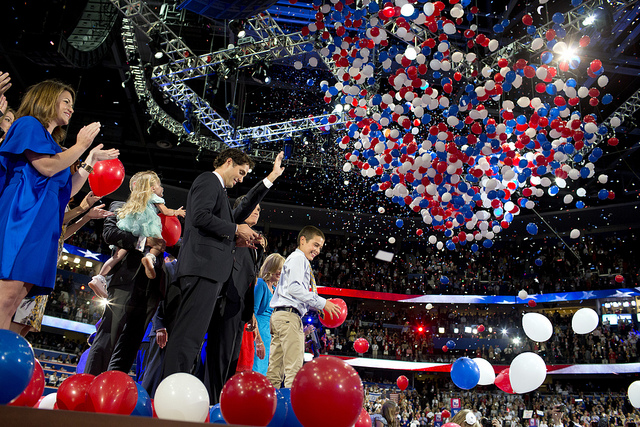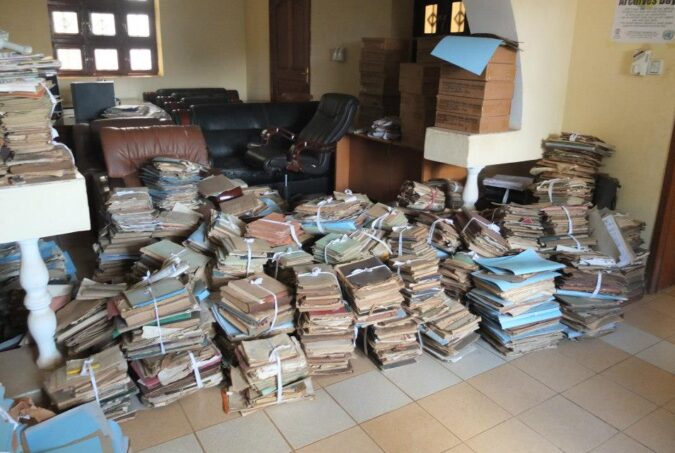The environment in which public policy is made has entered a period of dramatic change. Widespread use of digital technologies, the Internet and social media means both citizens and governments leave digital traces that can be harvested to generate big data. Policy-making takes place in an increasingly rich data environment, which poses both promises and threats to policy-makers. On the promise side, such data offers a chance for policy-making and implementation to be more citizen-focused, taking account of citizens’ needs, preferences and actual experience of public services, as recorded on social media platforms. As citizens express policy opinions on social networking sites such as Twitter and Facebook; rate or rank services or agencies on government applications such as NHS Choices; or enter discussions on the burgeoning range of social enterprise and NGO sites, such as Mumsnet, 38 degrees and patientopinion.org, they generate a whole range of data that government agencies might harvest to good use. Policy-makers also have access to a huge range of data on citizens’ actual behaviour, as recorded digitally whenever citizens interact with government administration or undertake some act of civic engagement, such as signing a petition. Data mined from social media or administrative operations in this way also provide a range of new data which can enable government agencies to monitor—and improve—their own performance, for example through log usage data of their own electronic presence or transactions recorded on internal information systems, which are increasingly interlinked. And they can use data from social media for self-improvement, by understanding what people are saying about government, and which policies, services or providers are attracting negative opinions and complaints, enabling identification of a failing school, hospital or contractor, for example. They can solicit such data via their own sites, or those of social enterprises. And they can find out what people are concerned about or looking for, from the Google Search API or Google trends, which record the search…
Widespread use of digital technologies, the Internet and social media means both citizens and governments leave digital traces that can be harvested to generate big data.








